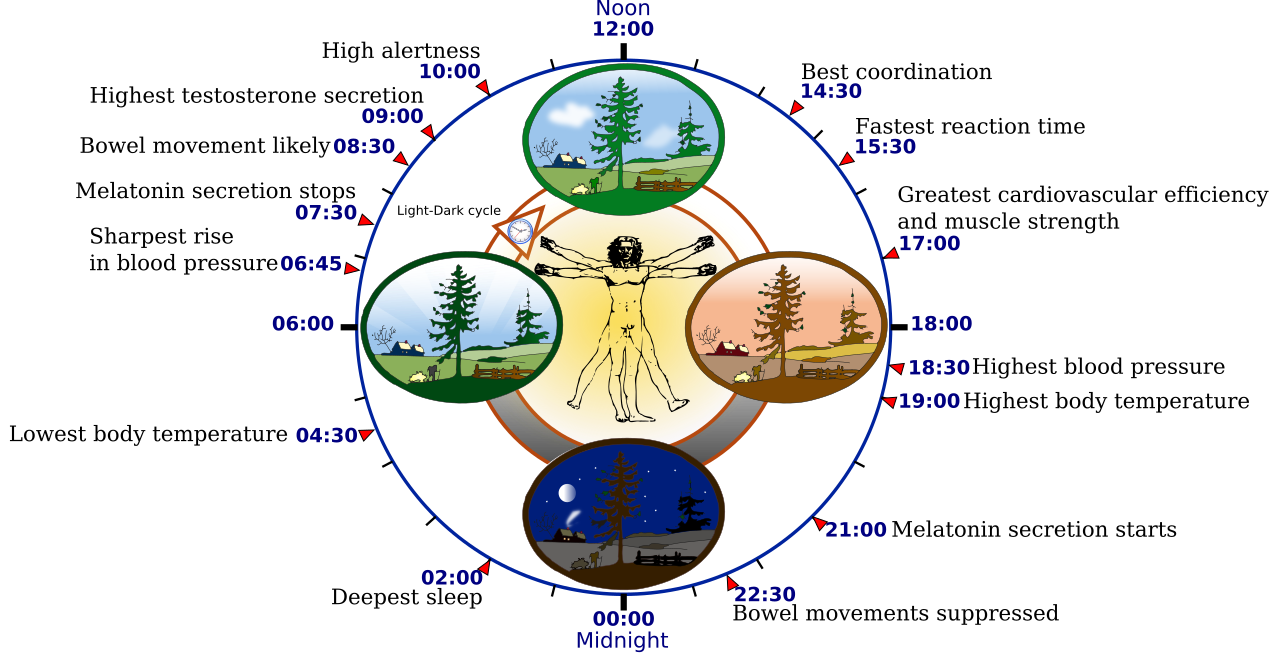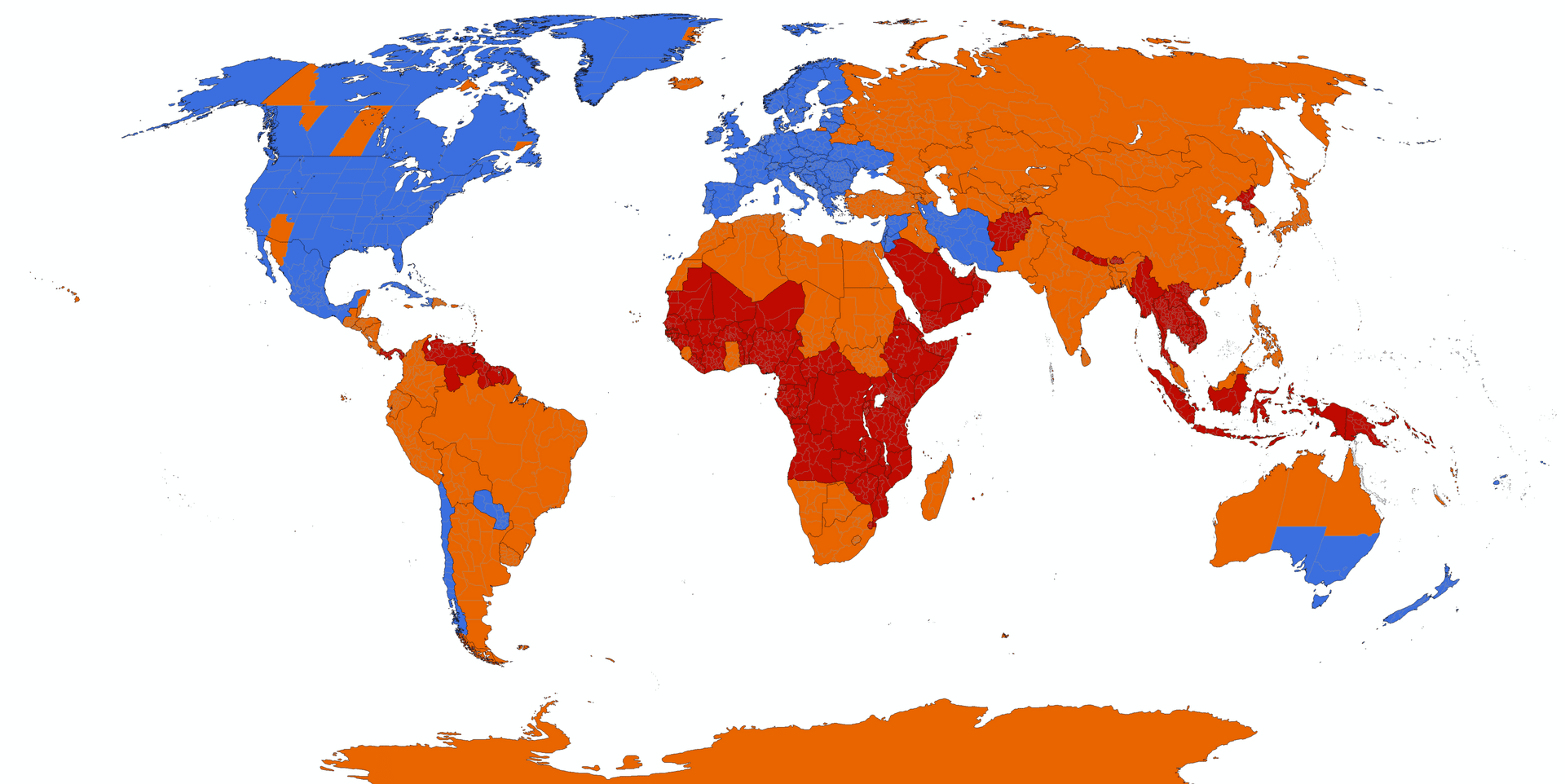On March 30, 2025, Ukraine will switch to daylight saving time. The law passed last year to cancel this event was never signed by the President of Ukraine. Therefore, the clocks will have to be set forward one hour.

Resetting the clocks
Ukraine switches to daylight saving time on the last Sunday of March. In 2025, this will be on March 30. At 1:00 a.m. GMT (8 p.m. EST), the clocks will have to be set one hour forward. Fortunately, most gadgets do this on their own now. Doing this in the morning will be possible with the rest of the clocks.
Time change is an extremely controversial topic. In 2024, the Verkhovna Rada of Ukraine passed a law according to which clocks were supposed to return to normal time in the fall, which is also incorrectly called “winter time”, and remain in this state forever. However, the President of Ukraine, Volodymyr Zelenskyy, did not sign the law and did not return it to the Parliament.
The situation with what may happen to this document is not very clear. But we can say for sure that it cannot be considered effective as of now. So, daylight saving time is still in effect.

Sunny day
Daylight saving time has been a question for many years. The change in our daily routine is too difficult for us. The reason is that our body is not very well adapted to live according to a clearly defined time.
Outside of human civilization, there is no division of time into 24 hours with a start at a precise moment. There is only an alternation of light and dark parts of the day. Since humans are diurnal creatures, all processes in our body have a certain cyclicity, which is called a biological clock. You can read more about this in a separate article.
In short, we can summarize that the above-mentioned cyclicality of processes, although on average it has a period of 24 hours, can vary widely and adjust specifically to the lighting conditions.
As for the usual countdown of time, it is determined by astronomical observations of the Sun. Historically, it has been designed so that the moment of 10:00 a.m. GMT (5:00 a.m. EST) falls at the moment when our luminary in a certain area is located exactly above our heads, at the zenith. Then, the beginning and end of the day will coincide with the moment when the Sun is exactly on the other side of the Earth.

However, this moment comes at different times for different localities. A separate countdown for each village created more problems than conveniences. Therefore, the circumference of the equator was divided into 24 equal parts of 15°. In each of them, throughout the entire territory, noon comes at the exact moment when the Sun is at its zenith above the meridian, passing exactly through its center. In this case, the meridian passing through the Greenwich Observatory in London is considered to be the zero point.
In theory, it seems beautiful, but in practice, there are still mountains, seas, and state borders on Earth, so most of the time, real time zones do not coincide with the meridians. On the one hand, this is logical because the country needs to live by the same time, but on the other hand, it leads to questions like: “Why do we have to live on Kyiv time in Zakarpattia, even though the sun sets earlier here than in Warsaw?”
Summer time
Of course, even in this case, time zones are preserved at least in some form, and the system is more or less usable. However, when people move away from traditional farming and start working primarily in offices and factories, a new problem arises. It is beneficial to start work at the same time, regardless of the season. At the same time, it should be as close as possible to the moment when morning comes during the darkest time of the year. So that people start work cheerfully, but it is already light enough to do it.

However, with this approach, it turns out that in the summer, there are several hours of daylight before this time, and not many of them remain after working hours. So, back in the nineteenth century, it was decided to move the clocks forward an hour to move the moment when most people wake up before the actual dawn.
At the same time, the transition is mostly synchronized in most zones, so in general, the time difference between different cities, such as Kyiv and London, remains constant throughout the year.

However, times are changing, and human labor activity is less and less dependent on sunlight. Or at least that’s what those who advocate for the abandonment of daylight saving time say. They say that the stress of two artificial biological clocks resetting during the year is not worth the hours of daylight that will be available whenever we want, not whenever we need them.
This has been discussed for years. In 2021, the European Union allowed member states to decide for themselves whether to abolish daylight saving time or leave it as it is. However, no one took advantage of the offer. And the United States has not stopped changing its clocks either.
But russia, Belarus, and Kazakhstan stopped this practice back in 2011. So, if Ukraine decides to do the same, we will have a situation where there is a time difference with the capital of the aggressor country, but to calculate how much time is different, for example, in Warsaw, we will also have to remember what time of year it is.
However, for now, Ukraine remains Europe, not russia.


